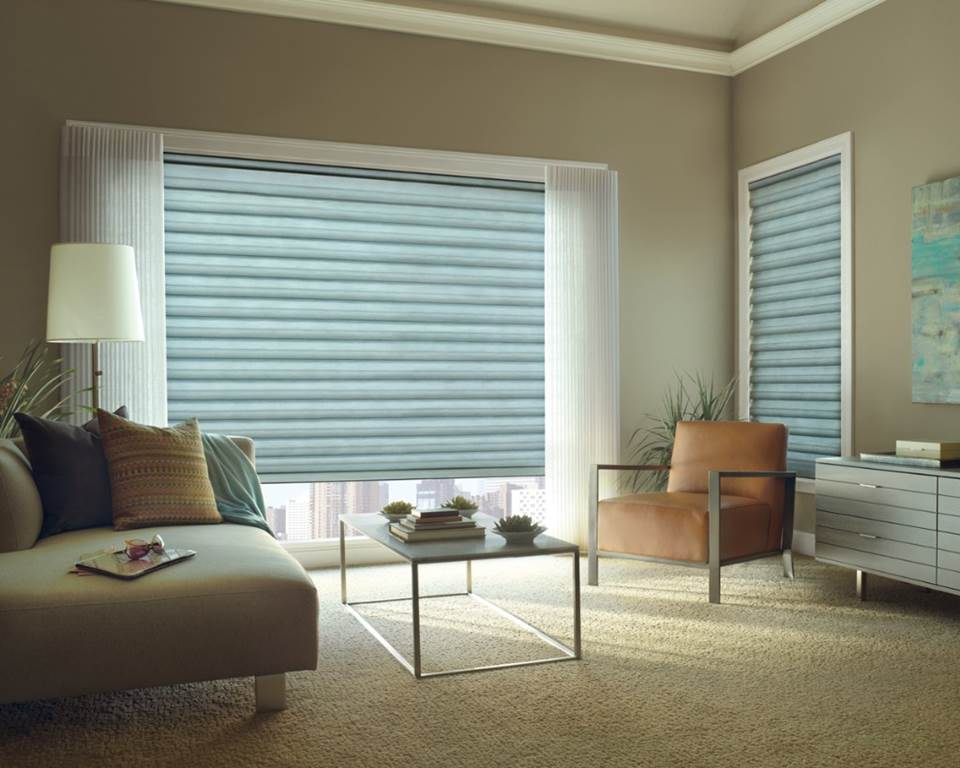5 Tips to Insulate Your Windows from the Cold
As much as 35% of heat in your house is lost through the walls and windows. In cold climates or with new constructions, double-pane windows are standard for proper insulation. With single-pane windows, however, the insulation struggle is real.
There are other options if you don’t want to replace all your windows with double-pane ones. Here are 5 things to try:
Caulking
The first thing you want to do is make sure there are no air leaks around your windows. Caulking is one of the classic ways to take care of that.
For home use, the ideal types of caulking are latex and silicone. To get caulking to set properly, you have to first remove the old caulking and thoroughly clean the window area. Dust and dirt prevents caulking from sticking to the surface. The last detail you need to check on is the temperature. It’s best to apply caulking in the fall when the temperature’s around 6°C.
Weather strips
Weather strips are an alternative to caulk guns. They can be divided into two broad categories: self-stick and nail-on. Self-stick weather strips are the easiest to install. If you’re looking for more secure weather stripping or if you have double-hung windows, go with nail-on.
In terms of material, rubber weather strips are great because of their high elasticity. It allows them to spring back into shape even in freezing temperatures. They can also be compressed to form a tight seal between gaps, which makes them very reliable insulators. They are expensive though so if you’re looking for the cheapest option, foam tape also does the job.
Again, when installing weather strips, clean the tracks and sash of the window beforehand.
Rope caulk
Now we get to some creative solutions! Rope caulk is made with rolls of thin, putty-like ropes joined together in a ribbon. Just like modelling clay, it’s a malleable material you can shape however you like to fill around the windows. It’s a versatile option if you have small, irregular gaps to fill.
For your inner designer, rope caulk also comes in a variety of colours so you can choose one that matches each room’s décor.
Bubble wrap
Bubble wrap is a very economical way to insulate your windows. Bonus points if you’re able to get them for free from local furniture or electronic stores! The larger the bubbles, the better the wrap’s insulating properties.
First, cut the bubble wrap to fit the indoors side of your window. Then, spray the window with water and smooth the bubble wrap over it with the bubble side pressed against the glass. The water surface tension will hold it in place until you take it down when the warm season rolls around. The best part is you can re-use the bubble wraps year after year.
This method does distort the view of the window though so make sure you only do this to the windows where the view is not that important.
Cellular blinds
Cellular blinds use a honeycomb design to create cells of air-pocket insulation. As long as they’re fitted snugly to the window frame, cellular blinds will add an extra insulation layer to all the other insulation ideas you use.
If you’re determined to stay warm and cozy this winter, there’s no shortage of insulation ideas. Try out the above ideas and even others like insulation films and draft snakes! Where there’s a will, there’s a way.

